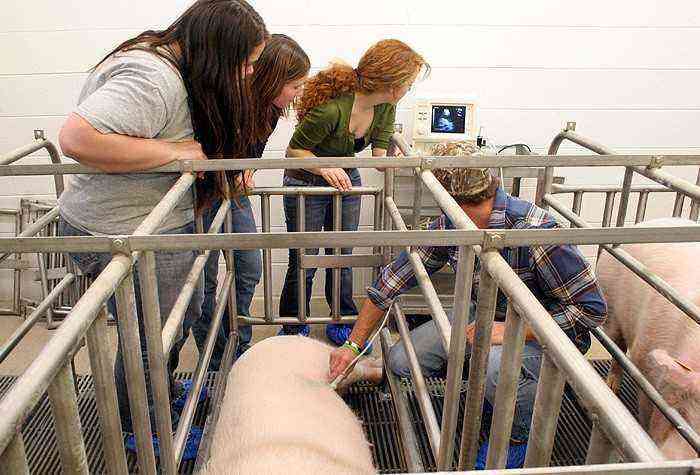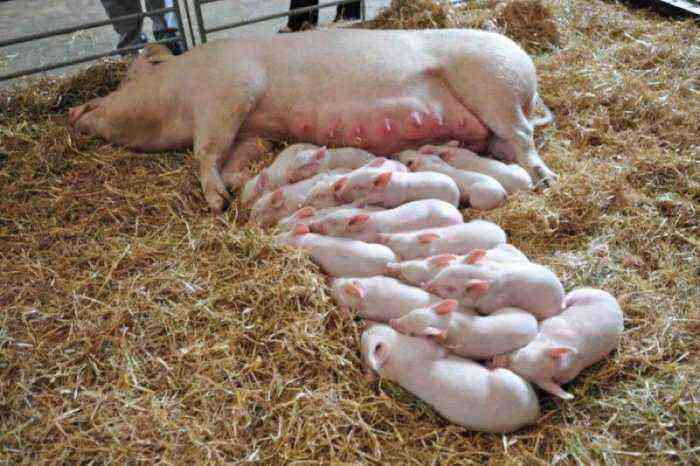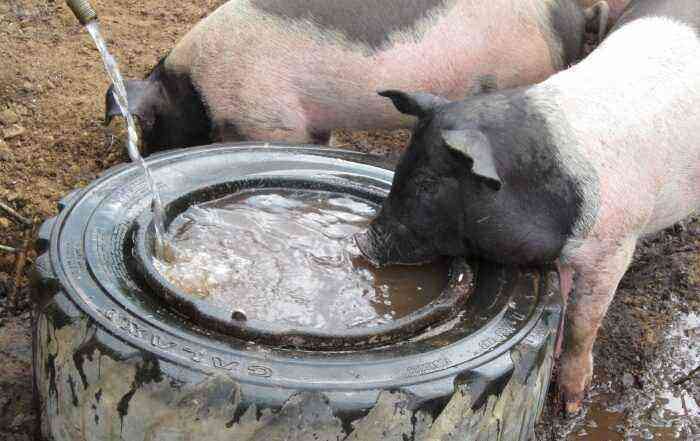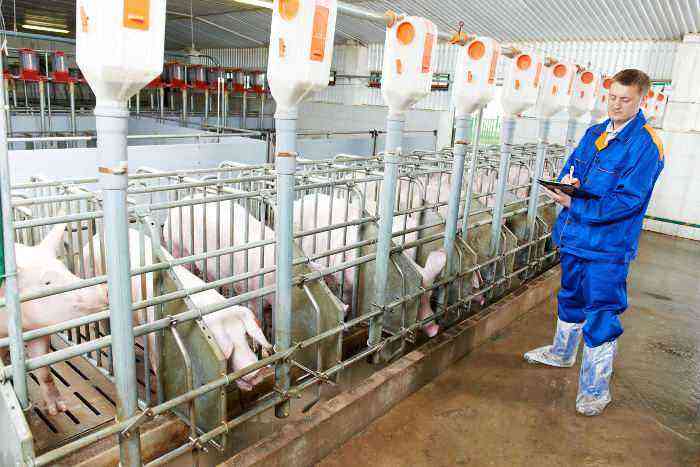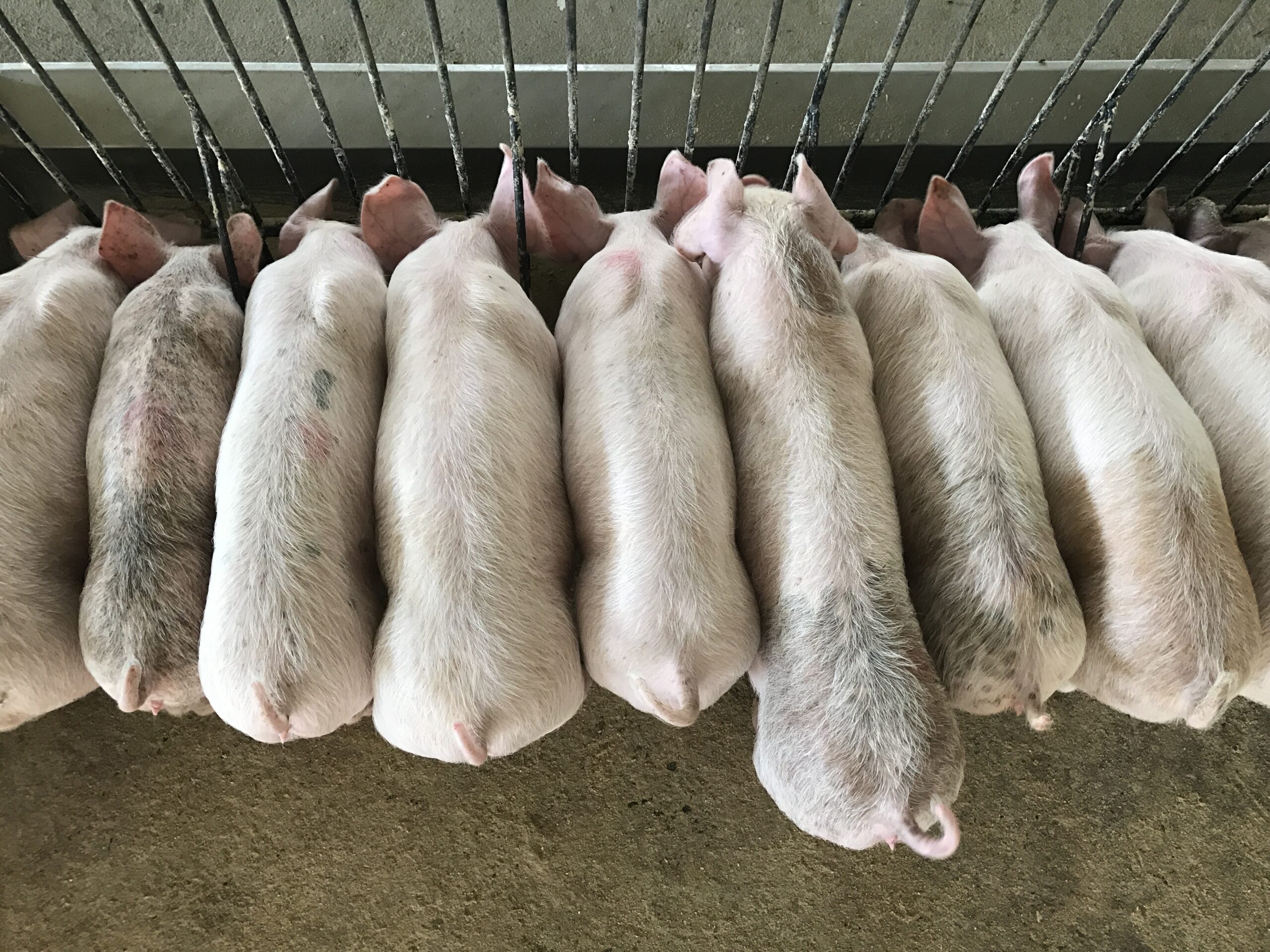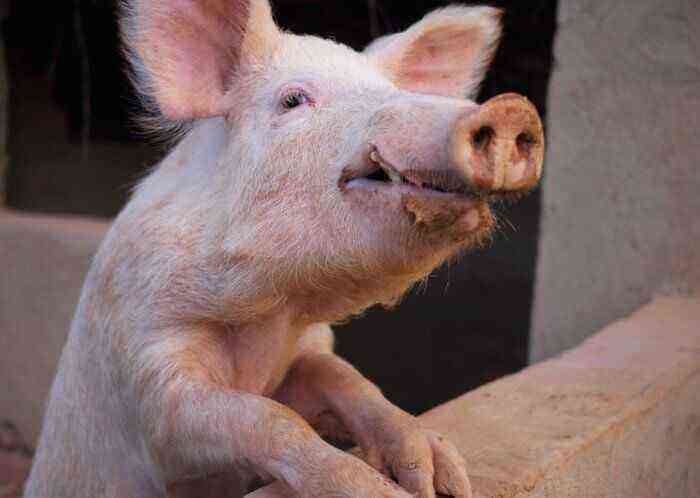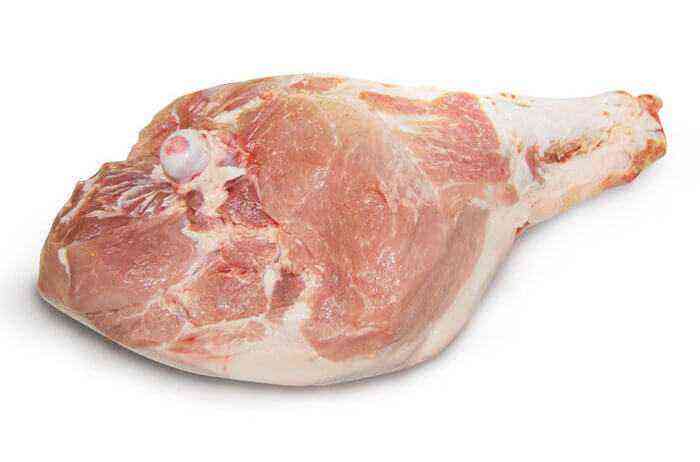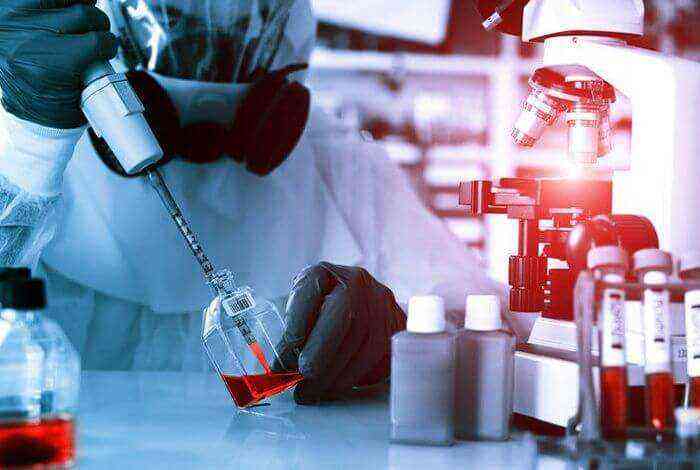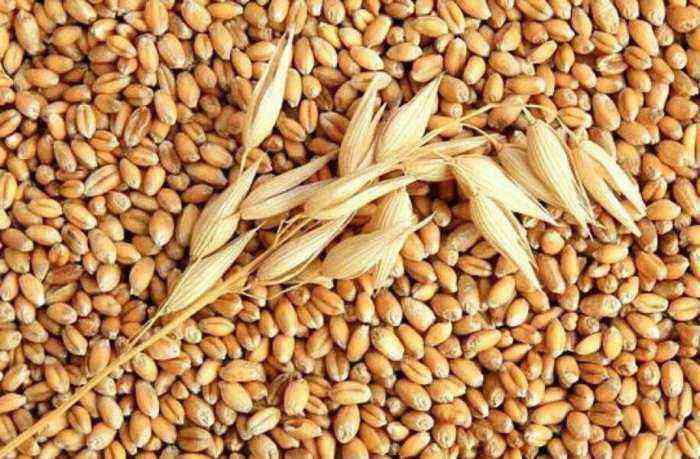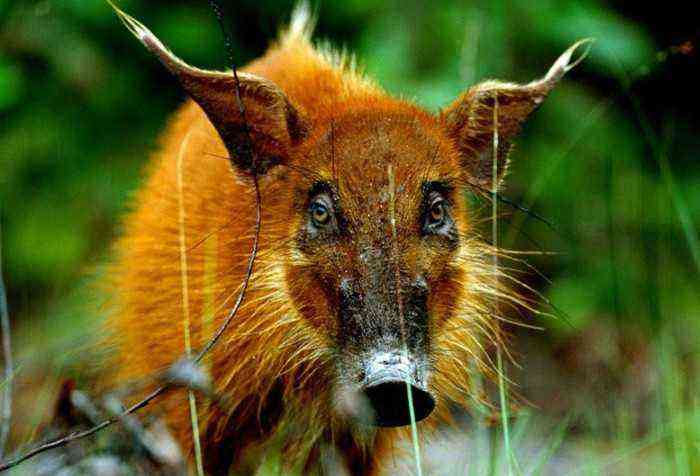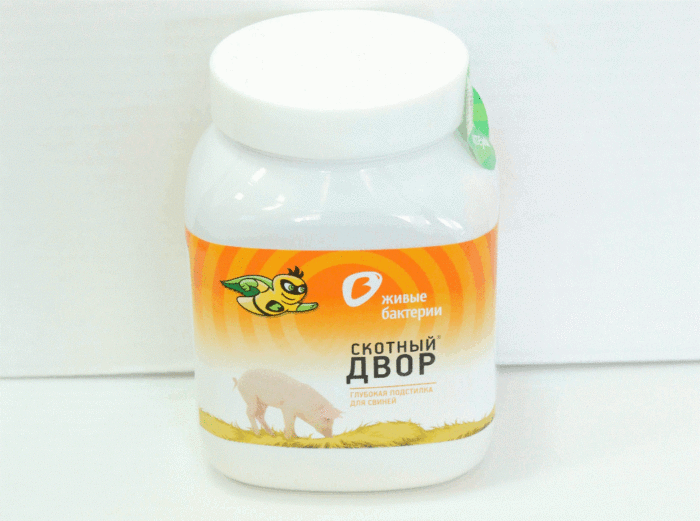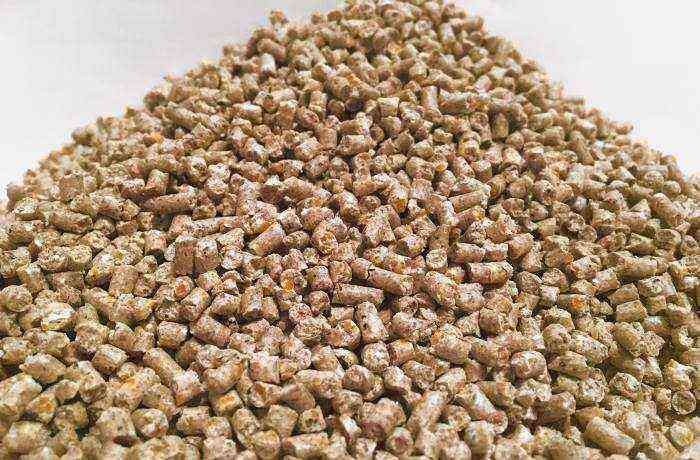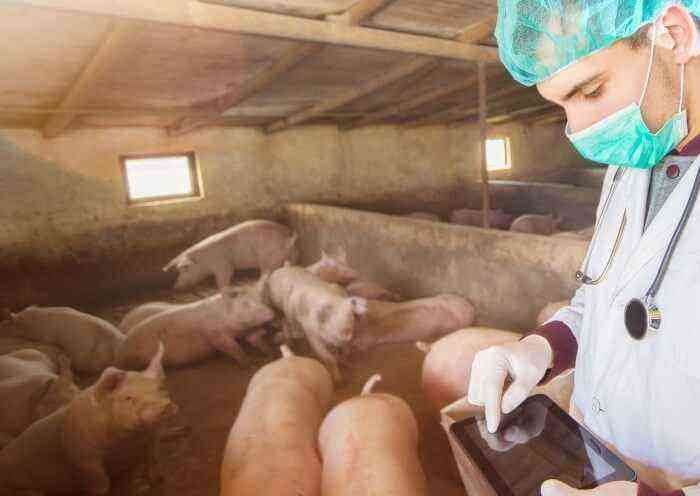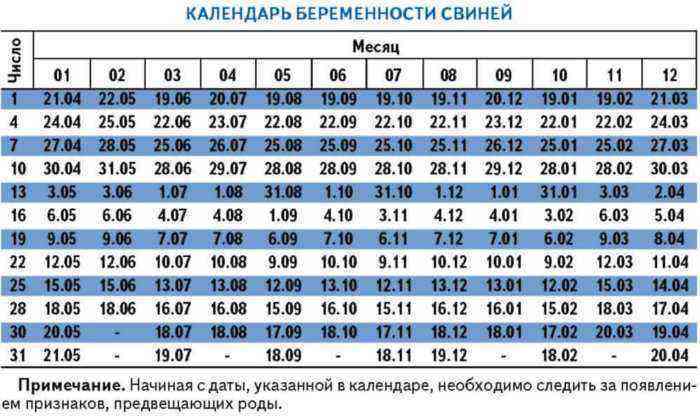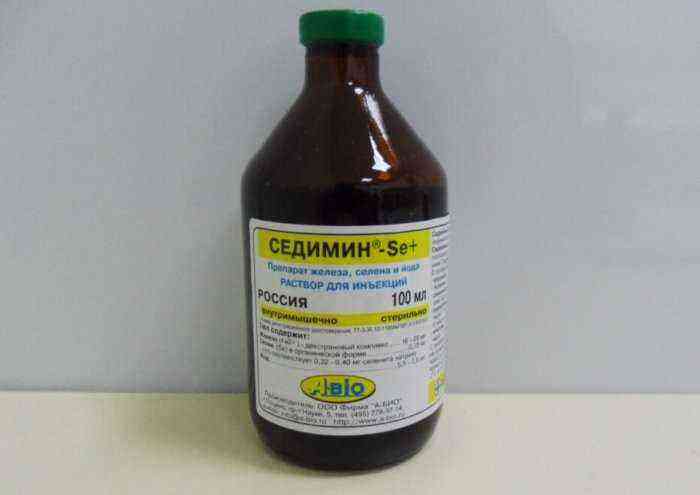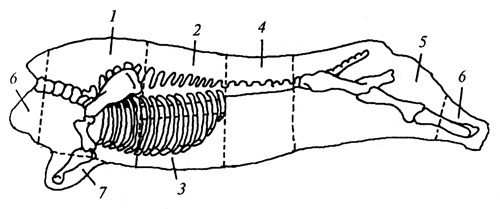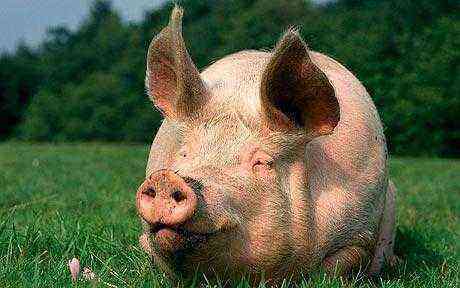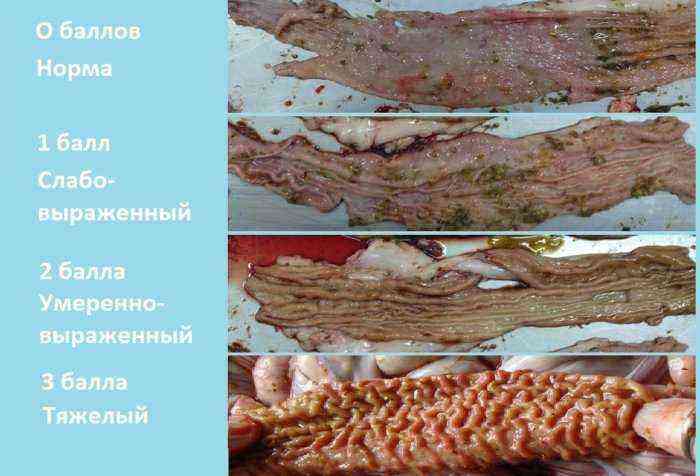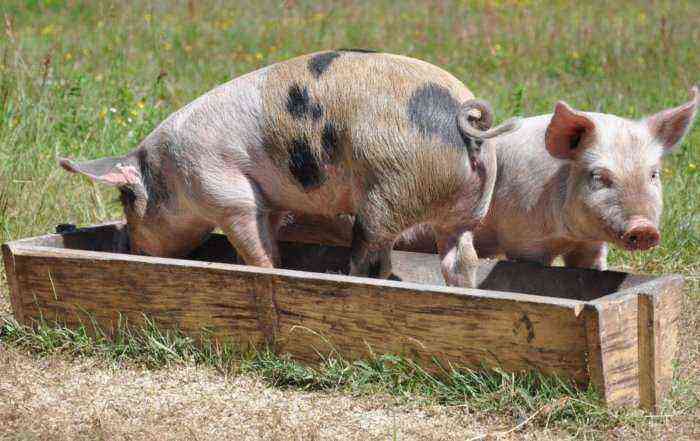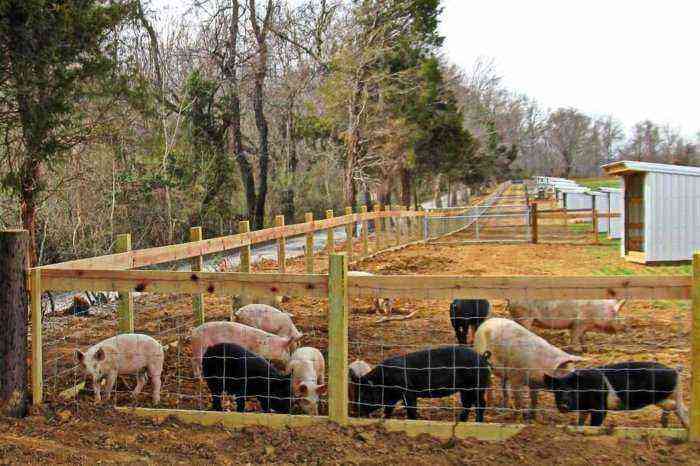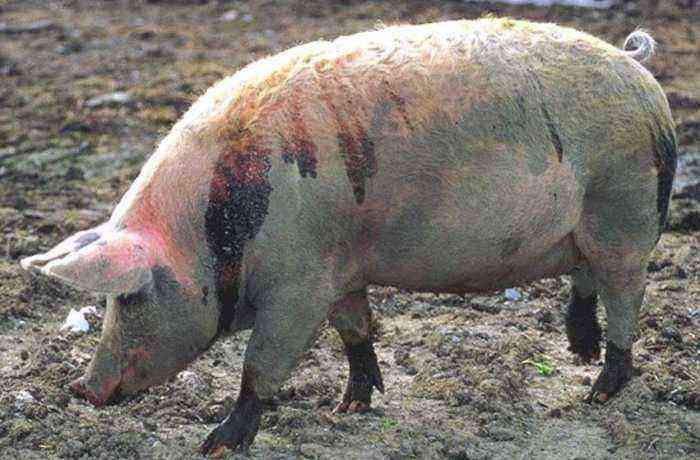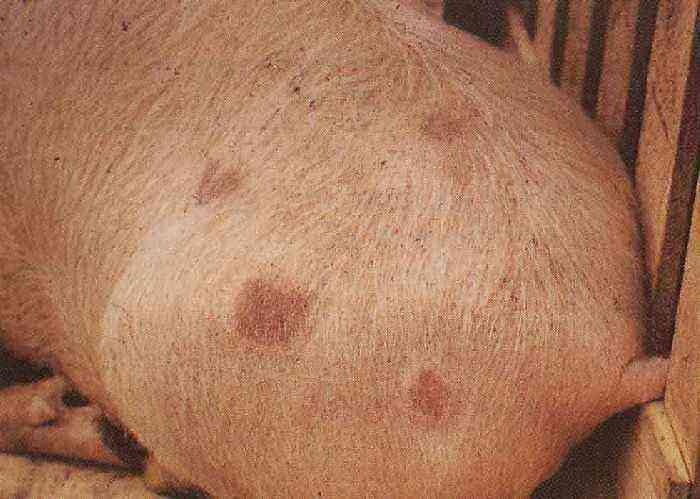Pork tapeworm is a disease caused by a special genus of parasitic cestodes. It causes significant damage to pig enterprises due to the fact that meat in most cases becomes unfit for consumption after infection. In addition, pathogens that have developed in the body of a pig can cause illness in humans. Therefore, it is extremely important to identify infected animals in time and start treatment.
Pork Chain
What is a pig tapeworm?
This disease in pigs is also called cysticercosis. It is caused by Cysticercus cellulosae or tapeworm. The helminth penetrates into the body of an animal, which in nature acts as an intermediate host for the parasite. Infection occurs by ingestion of eggs, after which blister larvae emerge from them, affecting the muscle tissue of the pig. Sometimes nerve or connective tissue is affected.
With a small number of parasitic larvae (Finn), this type of disease can occur completely asymptomatically. If the concentration of parasites in the muscles or organs is high, this significantly affects their functioning.
Outwardly, the larva looks like a white cyst filled with a nutrient. Inside it is a developing worm. Among animals, domestic and wild pigs are susceptible to cysticercosis. In this case, the carrier of the germs of the disease can be rabbits, hares, dogs, cats and other ungulates.
Reasons for infection
As noted earlier, the tapeworm is a parasite, the full development cycle of which takes place with the change of two hosts. Man is the final (definitive) host. In him, an adult tapeworm causes teniosis disease. During the disease, the helminth is fixed on the walls of the small intestine, and feed on nutrients that enter the body with food. At the same time, in the process of feeding, the worm releases toxic by-products of vital activity into the body, which worsen the state of human health.
The tapeworm in the body develops extremely quickly. In the absence of therapeutic measures, it is able to grow up to 3 m or more. At the same time, more than 1 million eggs develop in the body of the helminth every day, which are released into the external environment with feces. The viability of such eggs is maintained for 18 months.

The structure of helminths
Infection of pigs and other animals with parasite eggs takes place in the following ways:
- Through food in which particles of human feces have fallen.
- With water.
- Together with infected tissues and parts of the internal organs of slaughtered animals, which can be eaten by pigs, dogs and cats.
Together with food, the eggs enter the digestive system, where their shell dissolves under the action of gastric juice. Over the next 2-4 months, a full-fledged larva develops from the released embryo, which moves with the bloodstream to the soft tissues and becomes fixed in them. Having gained a foothold in the body of a pig, the helminth in the larval stage is able to live up to 2 years. If during this time there was no movement into the human body, the larvae die.
As for the ways to transfer a Finn to a person, there are two of them:
- Along with meat. With prolonged thermal exposure, tapeworm in meat products dies. But weak frying or short-term boiling cannot give the desired effect. Therefore, when such pork enters the digestive tract, the Finns are released and begin to develop.
- When serving animals. Sometimes Finns can get on the hands or clothes of staff. If sanitary standards are not observed when working on a pig farm, infection may occur.
Reference. The tapeworm larva develops to a sexually mature individual within 2-3 months. At the same time, even if there is only one parasite in the human body, it is still able to multiply.
Symptoms
Cysticercosis, which develops when animals are infected with tapeworm, passes in a subclinical or latent form. Therefore, it is almost impossible to detect the presence of the parasite in pigs in a timely manner. Vivid signs of the disease appear only if the concentration of helminths in the tissues is increased. This may be evidenced by:
- rapid, shallow breathing of the animal;
- intermittent convulsions;
- swelling in different parts of the body;
- anemia;
- atrophy of the affected areas, which develops as a result of the fact that the tissues shrink and block the normal flow of blood;
- refusal to feed and general depression;
- allergic reactions may occur that cause toxins released by the helminth.
If the Finns spread to the heart with the bloodstream, various disturbances in the functioning of the organ are often traced. Such localization of helminths can lead to death. With the development of a large number of larvae in the liver, the disease also ends fatally.
The main places of concentration of the parasite in the body of a pig are:
- muscles of the cervical and scapular;
- muscle tissue of the tongue;
- muscles responsible for chewing food;
- a heart.
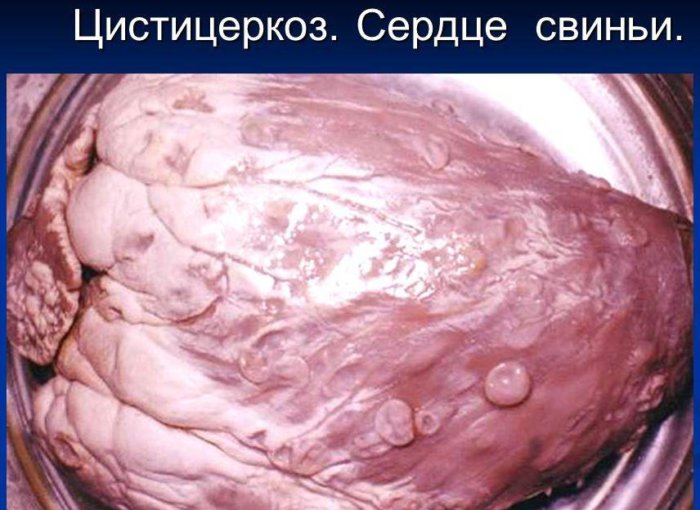
Signs of the disease
Separate forms of cysticercosis suggest the localization of the Finn in the inner shell of the eye, the brain and bone marrow, under the skin. This specificity of the disease leads to changes in these parts of the body. But it is not possible to identify them by ordinary intravital observation of animals.
Diagnostics
Serological analysis is rarely used to diagnose cysticercosis in pigs. Also, a positive result during infection can show x-ray diagnostics. In this case, lesions are visible on the translucent tissues. But, it is worth noting that such procedures are practically not used due to the complexity of implementation and economic unprofitability.
In most cases, diagnosis is carried out after the death or deliberate slaughter of the animal. In this case, the following pathological and anatomical changes in the pig can be traced:
- atrophy of muscle tissue in the affected areas;
- the lungs may look like in acute pneumonia;
- with liver damage, signs of hepatitis may develop;
- muscle tissue is heavily overgrown with connective tissue.
Also, when examining animal meat after a case, it is possible to detect live or inactivated Finns in it.
Treatment
Pork tapeworm in the larval stage is extremely resistant to any type of impact. Therefore, there are currently no effective therapeutic measures for animals. The only thing that can be done is to inactivate the tapeworms in pig-derived products. Carry out this procedure in the following ways:
- Thermal processing. To do this, the resulting pieces of carcass are cut to a thickness of no more than 8 cm and boiled in a large container for at least 3 hours after boiling. During this time, the tapeworm dies in boiling water.
- Freeze. The protective shell of the parasite is able to withstand low temperatures. But with prolonged exposure, it can still be neutralized. To do this, the meat is placed in a refrigerator, where the temperature is lowered until it reaches -10 degrees in the middle of the muscle. After that, the temperature regime is leveled to -12 in the room and the product is affected for another 10 days.
- Salting. In this case, the carcass meat is crushed into pieces of 2,5 kg, no more. Next, the pork is placed in water, with salt dissolved in it, the mass of which is at least 10% of the total weight of the meat. In this brine, it lies for 20 days.

Pork carcasses
Of course, all of the above measures significantly spoil the taste of pork, but they can prevent a complete loss of production. Moreover, such disinfection is carried out only if the scale of infection is minimal. In the case of a high concentration of helminths, the carcasses of slaughtered animals are disposed of. A meat carcass is allowed for disinfection, on the section of the muscles of which no more than three tapeworms are seen. Incisions are made in the places of the most probable localization of the parasite.
Prevention
Since there is no complete treatment for tapeworm in pigs, the only way to protect against the spread of the parasite is to implement good preventive measures. These include:
- Ensuring optimal sanitary conditions for animals and for the work of their staff.
- Regular checks of farm workers and everyone who comes into contact with pigs for the presence of helminths in the body. When they are detected, operational deworming is carried out.
- Constant wide dissemination of information about parasitic diseases and methods of their prevention.
- High-quality and complete cooking of meat before consumption.
Some veterinary measures also prevent the development of pork tapeworm. The main ones among them are:
- Mandatory inspection of pork when slaughtering animals in factories and slaughterhouses. When slaughtered in private households, it is desirable that the meat is also checked by a veterinarian before consumption. In case of sale, inspection is required.
- Mandatory periodic inspection of farms in order to determine the compliance of the actual conditions of detention with the general established standards.
- Careful technical disposal of organs and remains of carcasses of dead or deliberately killed infected animals. Prohibition of feeding such leftovers to dogs and other animals.
- Trapping and regular deworming of stray dogs.
Conclusion
Despite the fact that the tapeworm uses the pig’s body as an intermediate host, a lethal outcome if it enters the body is still possible. In addition, the tapeworm can cause serious economic damage to pig farms, making animal meat and fat unfit for consumption. Therefore, the organization of sanitary standards for keeping animals and the observance of basic preventive measures should be taken with all seriousness.
